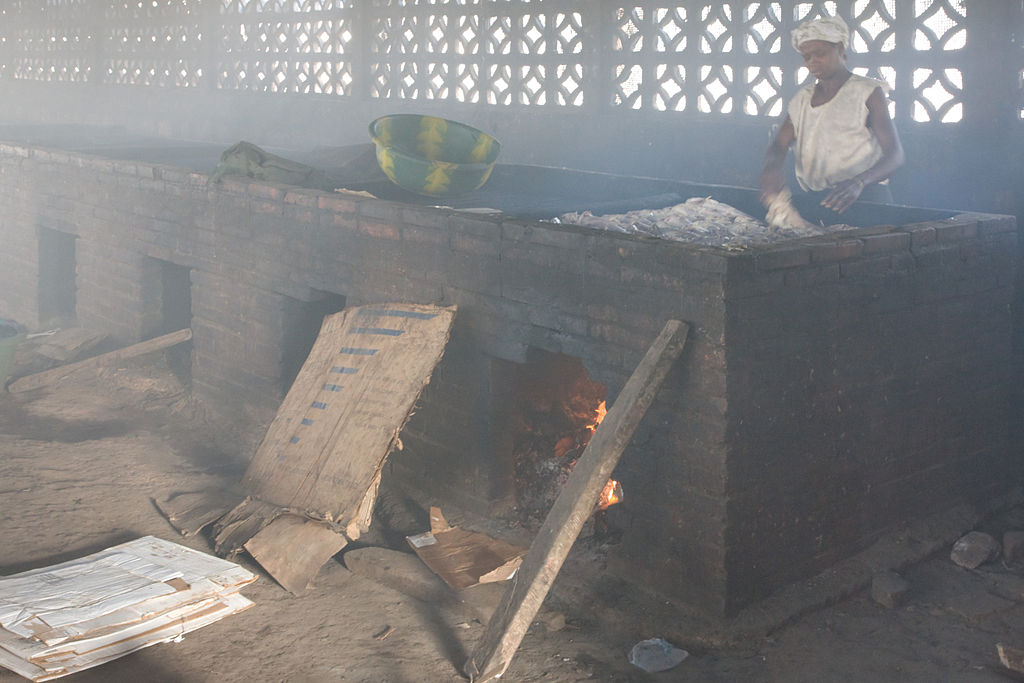The economy of The Gambia is highly reliant on agriculture and exports of valuable goods and crops, such as cashews, peanuts, lumber etc. There is a sharp division of labour in their agriculture industry, with men cultivating and managing the cash crops, like peanuts, while women are responsible for subsistence crops such as yams, eggplant, tomatoes, rice, etc.[2]
The government has been encouraging the production of rice in an attempt to diversify the economy. As well as beginning a pilot scheme* in the mid-1960's to introduce oil palm* plantations, however this has had little effect on the country's economy. The country's agriculture industry employs 75% of its work force.[2]
The government has been encouraging the production of rice in an attempt to diversify the economy. As well as beginning a pilot scheme* in the mid-1960's to introduce oil palm* plantations, however this has had little effect on the country's economy. The country's agriculture industry employs 75% of its work force.[2]
Additionally, industries and services are a large part of the country's GDP. A few major industries outside of agriculture that make up a large part of The Gambia's economy are clothing, woodworking, beverages, fishing and tourism.[7]
The Gambia's nominal GDP is $2.277 billion (USD), ranking them 185th in the world, making The Gambia one of the poorest countries.[8] Over 20% of the population lives in poverty, worsened by the rising inflation which averaged 11.6% in 2022, the first time in almost three decades that it has reached double digits.[9]

